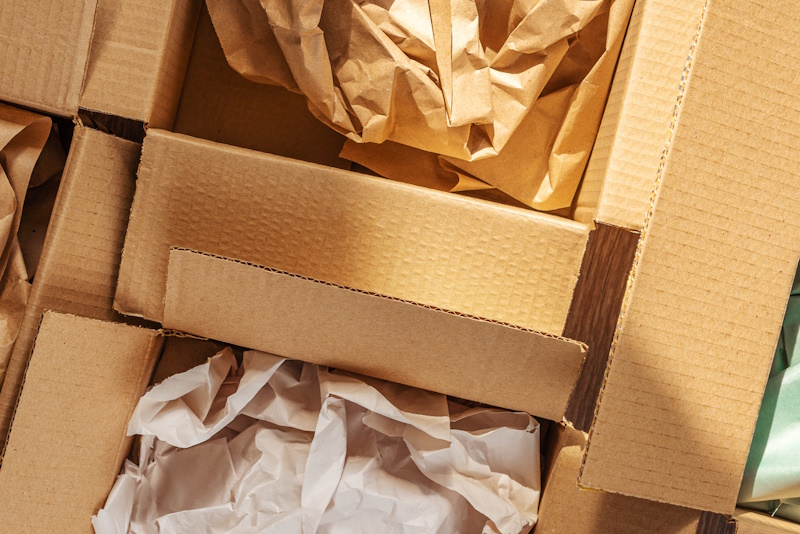
Each year, major shipping carriers announce a General Rate Increase (GRI), which refers to the percentage increase in freight charges. Typically, these annual adjustments are between 4 and 6%. In 2023, though, FedEx and UPS upped their rates by an average of 6.9%. On top of that, carriers impose additional handling surcharges based on your shipping zone for weight, dimension, and packaging.
With this in mind, it’s more important than ever to take steps to reduce your shipping costs. A 2023 study by the Baynard Institute reports that 47% of respondents abandoned an online purchase during checkout because of high extra costs related to shipping, taxes, and fees. By keeping shipping costs low, you enhance your customer experience, while also improving your bottom line.
This all sounds great in theory, but how exactly do you put it into practice? It all comes down to getting the proper packaging materials. Here are what experts recommend for optimizing your operation and keeping shipping expenses to a minimum.
A package’s size significantly influences how much it will cost to ship it. Large but lightweight packages take up valuable real estate in a freight truck or airplane, which is why carriers may use what’s called dimensional weight, or DIM weight, to determine your shipping charges. Dimensional weight relates to the weight of a package based on its size, rather than its actual weight on a scale.
To calculate DIM weight, start by multiplying the length, width, and height of a package. Then, divide it by the carrier’s unique DIM factor. UPS and FedEx have a DIM factor of 139, while USPS uses 166.
It’s a good rule of thumb to measure for both dimensional and actual weight, as carriers will use the greater of the two to determine shipping cost.
Ultimately, the size of your packages matter. An appropriately-sized box can save you money and provide better protection for your products, as items won’t have as much room to shift around during the shipping process. You can also say goodbye to wasting packaging materials, like loose fill; you’ll only ever use exactly what you need.
If you regularly ship oddly-shaped or oversized items, you may consider custom boxes. Packaging material retailers can design solutions to suit your specific dimensions and ensure the perfect fit.
The packaging materials you include on the inside of a box are just as crucial as the outside. You want materials that are lightweight, but still offer essential cushioning and shock absorption.
Packing peanuts are a popular fill solution for just this reason. They’re nearly weightless by design and can be reused again and again to keep contents from shifting during transit. The best packing peanuts are W shaped. In this shape, the peanuts interlock once a box is closed for a compact and movement-free fit.
Air pouches and Kraft paper are other great choices for filling empty box space. To safeguard individual products, opt for packaging materials like bubble and foam wrap. These supplies don’t add much in terms of weight and provide unparalleled protection to more fragile items.
If your shipment doesn’t warrant a box, don’t use one. Bubble and poly mailers are e-commerce business favorites for mailing less fragile items, like clothing, books, toys, and more. These packaging materials occupy less space than boxes on carrier vehicles, which allows you to cut back on shipping expenses.
Mailing tubes offer an excellent solution for large documents or long, skinny products. If you were to send a poster with traditional packaging materials, you’d need a particularly large envelope, or you’d be forced to crease the paper. A mailing tube’s cylindrical design is light and low-profile, but rigid so contents don’t break or bend under pressure.
Although not directly related to carrier charges, how much you spend on packaging materials also plays into your shipping costs. Big-box stores sell you less product at a premium rate. Instead, look for a manufacturer and distributor of packaging materials near you that carries wholesale quantities at an affordable price.
Not to mention, packaging material suppliers generally stock better quality products. Items are professional grade and adhere to carriers’ strict packaging standards.
You may be able to save even more by buying packaging materials in bulk. Many companies offer discount rates for large orders. By stocking up now, you can keep more money in your business in the long run.
For more information about minimizing mailing expenses and getting the best bang for your buck, reach out to a retailer specializing in packing materials for shipping.